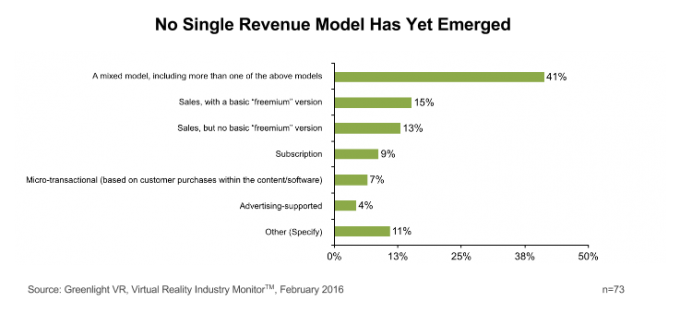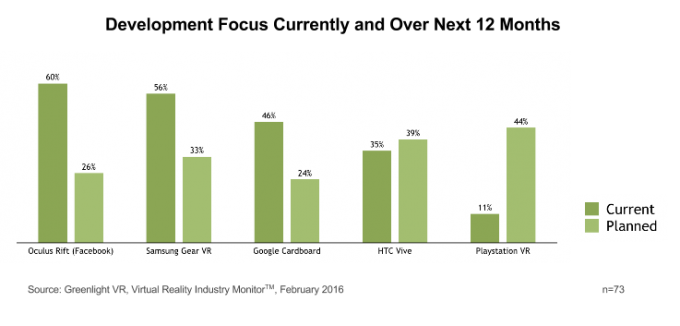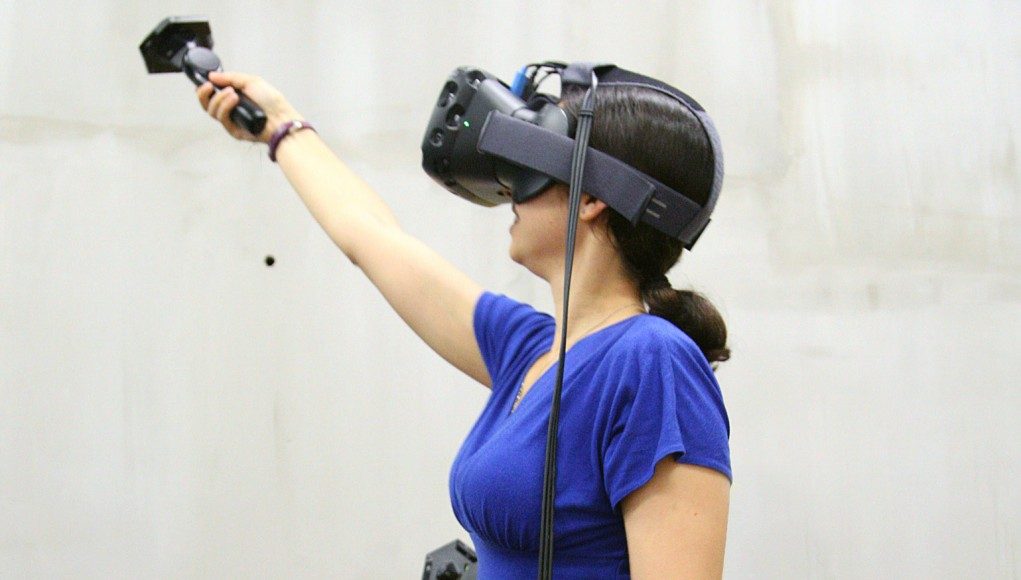The advent of consumer virtual reality seems to have reignited the fire in independent developers. But, although many are rushing headlong into VR content creation, just how sustainable is the ecosystem they’re about to enter? In a preview of a full industry report due to be published next month, Greenlight VR take a closer look.
Recently, much of the conversation among thought-leaders has been on how the future of content can kick-start industry growth. Questions such as what will be the killer app for VR, what experiences will resonate and drive adoption among mainstream consumers, and how can developers monetize their creations are both important and timely, but their answers will take years to present themselves.
Greenlight VR 2016 Industry Report
Nevertheless, the need is now to understand these and other topics pertinent to the evolving ecosystem. Thus, Greenlight VR, the San Francisco-based think tank devoted to researching the industry, went directly to independent developers and small studios to understand their outlook for the industry as they prepare their next major report.
Not surprisingly, the industry analysts found that the developer community currently poised to embrace VR is large and energetic. However, Greenlight VR believes the ecosystem is still fragile. A majority of respondents to their recent Virtual Reality Industry Monitor survey report being less than two years old, have few full-time employees, and exist on infrequent project-based work. Yet, as a sign of the current exuberance among this community, 60% of respondents anticipate seeking external funding despite there not being a clear vision of the business and monetization models that will be dominant in the space.
 Despite the uncertainty in business models evident in Greenlight VR’s research, respondents indicate early bets are being made. Moreover, a massive shift underway in terms of platforms for which the developer community seem to be focusing their attention.
Despite the uncertainty in business models evident in Greenlight VR’s research, respondents indicate early bets are being made. Moreover, a massive shift underway in terms of platforms for which the developer community seem to be focusing their attention.
 While winners in terms of platforms are far from clear, the developer community is betting big, appear to be highly motivated, and have expectations of near-term success.
While winners in terms of platforms are far from clear, the developer community is betting big, appear to be highly motivated, and have expectations of near-term success.
To learn more about the VR industry, pre-order the 2016 VIRTUAL REALITY INDUSTRY REPORT, the 2nd edition of Greenlight VR’s annual report providing a comprehensive perspective on the virtual reality industry.








